Researchers Discover How Massive Boulders Travel Across Deserts Without Help
In late 2013, two cousins can be seen roaming across Racetrack Playa in California’s own Death Valley. They were out looking for rocks—but not just any rocks. These cousins—Richard and Jim—are scientists, and they are out hunting highly mobile rock specimens—highly mobile for stones, anyway.
Suddenly, Richard hears loud crackling—he turns to his cousin with a look of equal excitement and panic: ”This is it!” he cries.
A Stone-Faced Mystery
There weren’t any falling rocks around, thankfully. They were there trying to figure out why some of the rocks in the national park shifted and moved on their own—often in erratic, unpredictable directions. This phenomenon is known as “sliding rocks.”
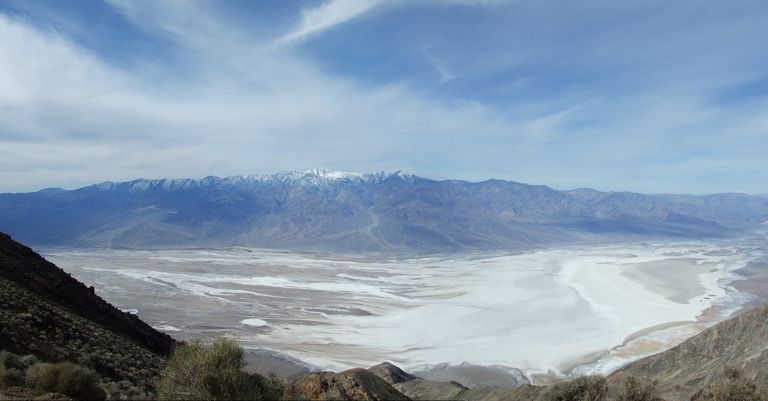
Source: commons.wikimedia.org
Rocks, moving on their own? How could that be? The cousins wanted to be the first to see the stones slide on their own and to find out how or why it occurred. Before they arrived, no one had ever seen the stones slide with their own eyes.
Rocks With Legs?
The first question to come to mind might be: how are these mostly flat, smooth objects able to move around the desert floor? To answer this, it’s worth also asking if there have been any other examples of sliding rocks in the world. It turns out there are.
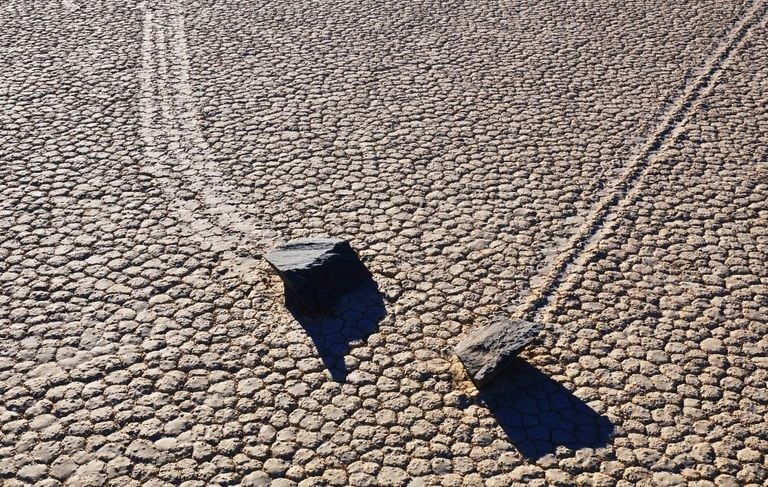
Source: indocropcircles.wordpress.com
However, even while the rocks at Death Valley aren’t unique, there had, up until then, been little to know investigations on how these stones got around. The Norris twins wanted to find an explanation and share it with the world.
The Wonderous Mysteries Of Mother Nature
Was the wind blowing these lumps of stone? No, they would be too heavy for that. Could they have been full of giant insects carrying them along? No, they checked for that too. Magic, maybe? It was quite a confounding question to answer. But that’s the way it goes in scientific research.
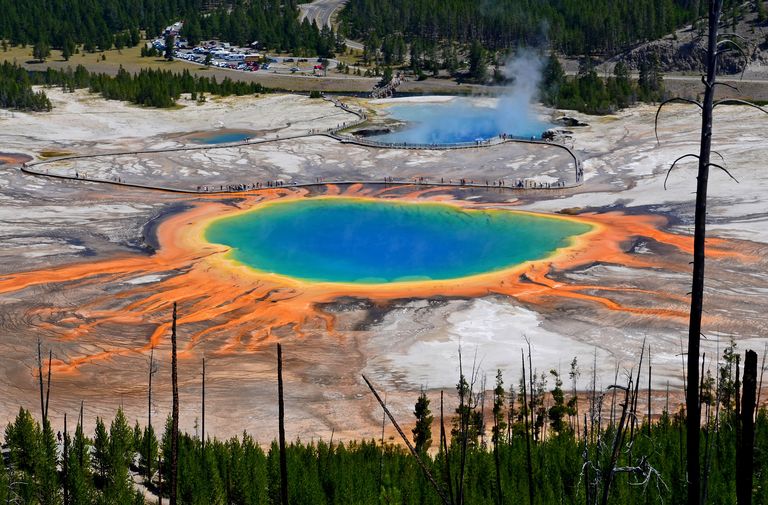
Source: commons.wikimedia.org
Mother nature has been throwing mind-bending puzzles at humanity for as long as humanity has walked her back. These challenges tend always to have a solution or answer behind them. It just takes a little digging and perseverance.
The Realm Of Creation
Lightning used to convince our ancestors that, somehow, the gods were angry and that they had to be appeased. In a recent rock-related story, an island suddenly appeared one day around 600 miles away from Tokyo. Was this some kind of magic?
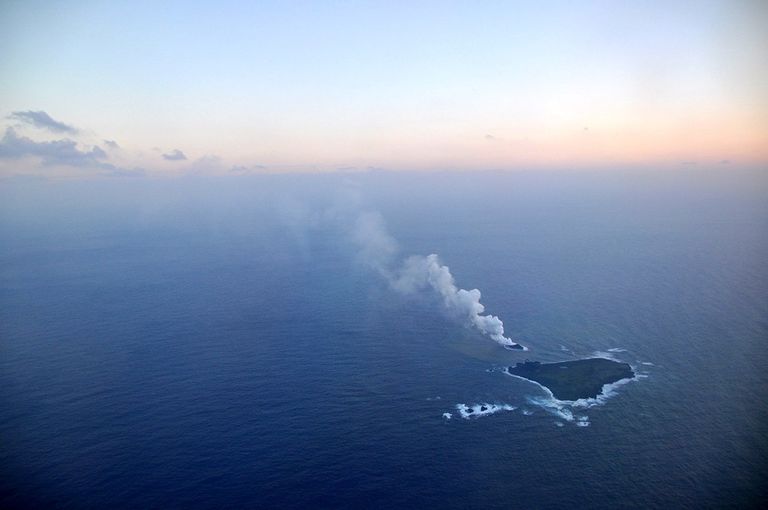
Source: commons.wikimedia.org
Well, no. After a little scientific investigation, scientists realized that it had been the result of volcanic activity. A few hundred years ago, we might have assumed that it had been the result of a waking sea god or the work of fairies.
A Living, Moving Earth
While the earth beneath our feet may seem solid and static, there is plenty of activity going about underfoot all the time. If an island can suddenly erupt out of the ocean—just like Niijima did in 2013—then why couldn’t little rocks travel around the desert on their own steam?
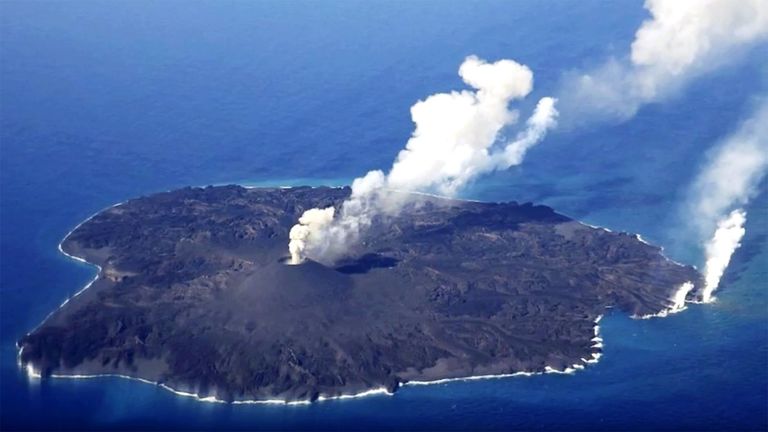
Source: commons.wikimedia.org
Both phenomena are equally as strange. However, the island example might be thought of as a one-off event. However, we know that the island has been slowly growing and is now large enough to have made its own permanent residence.
Mind Expanding Stones
Here’s another example of stones having a life of their own. This rock in Romania, called a “trovant,” gets larger and larger year after year, all by itself. A pebble trovant, starting at just half an inch, can grow up to 30 feet tall!
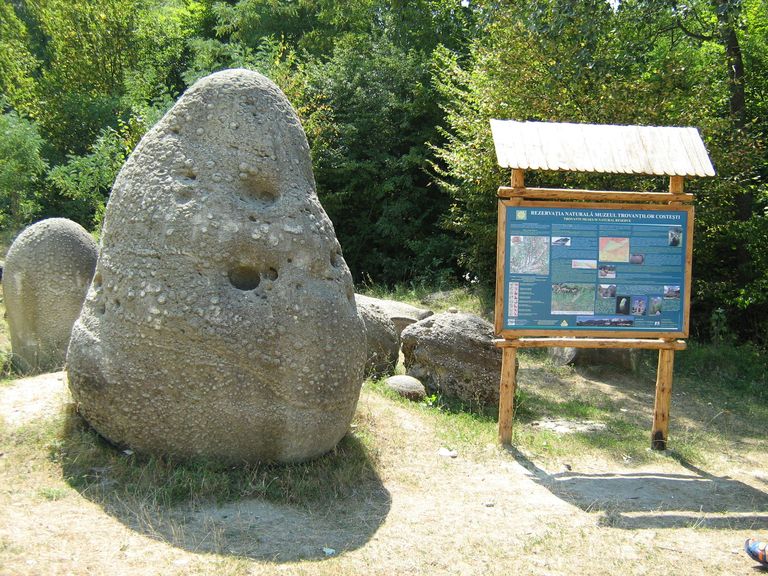
Source: www.triphobo.com
How can a rock grow of its own accord? Is it simply eating its greens? Well, scientists noticed that this rock grew slightly after rainfall. But the trovant wasn’t holding water in its belly like some kind of hard sponge. There was another explanation.
Another Explanation For Strange Rock Behavior
Imagine starting with a little pebble garden and ending up being overcrowded with these enormous boulders. So how did these little fellows grow into such towering golems? Once again, scientists put in the work just to find out the answer.
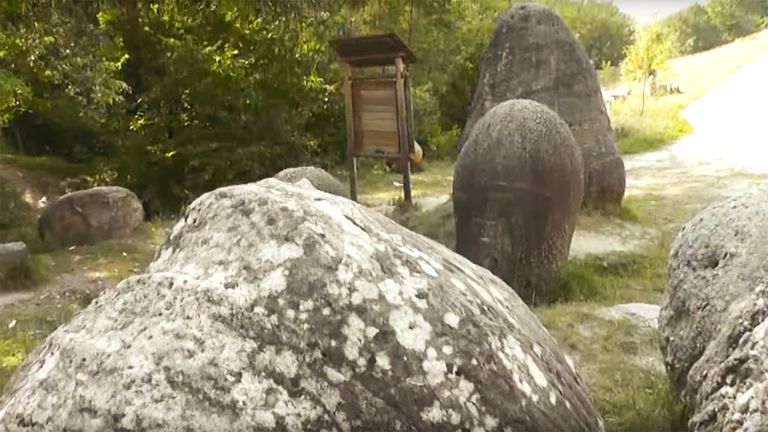
Source: www.triphobo.com
For one, they verified that they weren’t alive—or going around eating birds or carrots as a snack. Scientists theorize that the rainwater they received contains calcium, which reacts to the minerals in the rocks, in turn making the little sand grains inside the swell.
Back To The Shifting Rocks In Death Valley
Let’s get back to the shifting rocks in the desert and back to the Noris cousins. They managed to determine that the rocks had indeed been moving—it wasn’t an optical illusion or a trick in the sand. They were infrequently changing their locations.
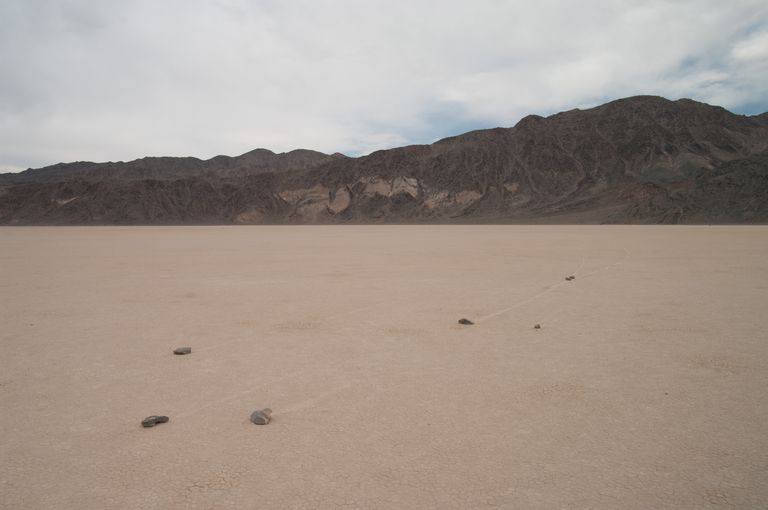
Source: brain-sharper.com
Nobody was moving them around as a prank, either. They noticed that the tracks they left in the sand left a trail of where they had been—the route they had taken to their current resting spot. Some of the stones even appeared to move in groups.
Blazing A Trail
One strange thing they noticed was that not all the rocks were moving in uniform directions. And not all of the rocks moved at equal distances, either. Some stones would only venture a couple of feet, while others would blaze a trail in the hundreds.
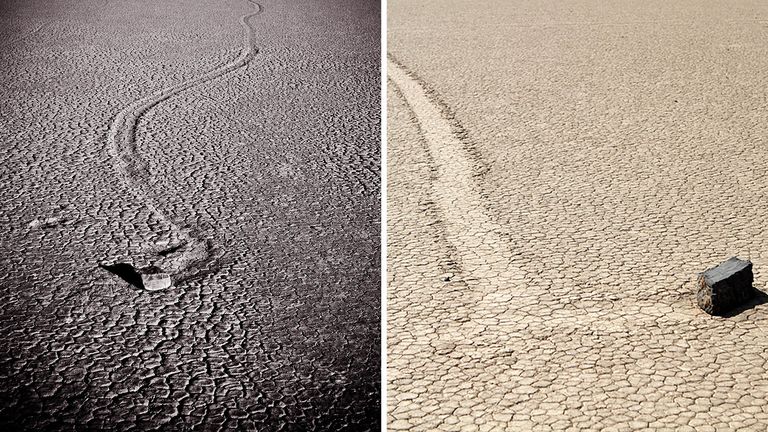
Source: brain-sharper.com
The cousins took note of the environment: Racetrack Playa is an isolated, dried-up lakebed three miles long. They noticed that it acted as the drainage basin for two nearby mountain ranges and was 3,600 feet above sea level. Could there be a clue there?
Breaking New Ground
Racetrack Playa is a remote and hard-to-reach location, but that has not stopped curious folks from making the trek to see the mysterious moving rocks. Despite being in a remote location, the site is not entirely inaccessible.
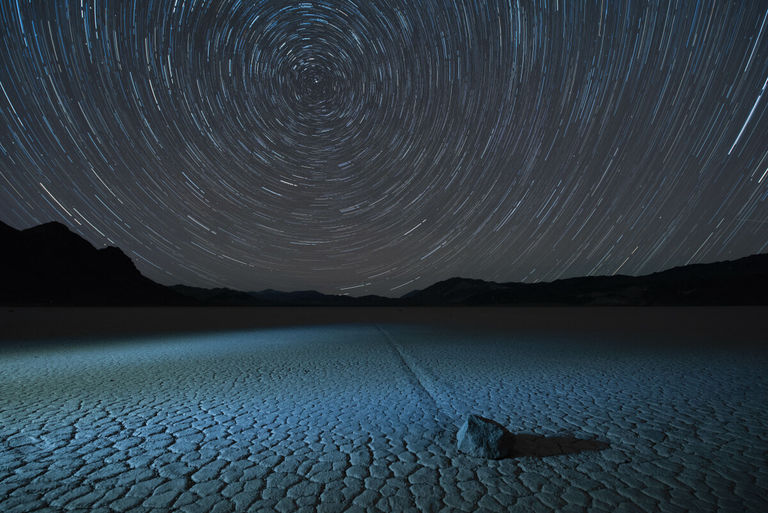
Source: hiveminer.com
Over the years, many theories have been proposed to explain the phenomenon of the moving rocks – from natural causes—strong winds and the Earth’s magnetic field—to more unusual explanations such as the presence of algae. However, until the Norrises’ visit, no researcher had ever been able to witness the movement of the rocks.
Tracking The Slide
The Norris cousins had a long-standing interest in the moving stones at Racetrack Playa. In 2011, they decided to take matters into their own hands. Jim, an engineer, and Richard, a biologist, came up with the idea of introducing their own non-native rocks to the playa and tracking their movement using GPS sensors.
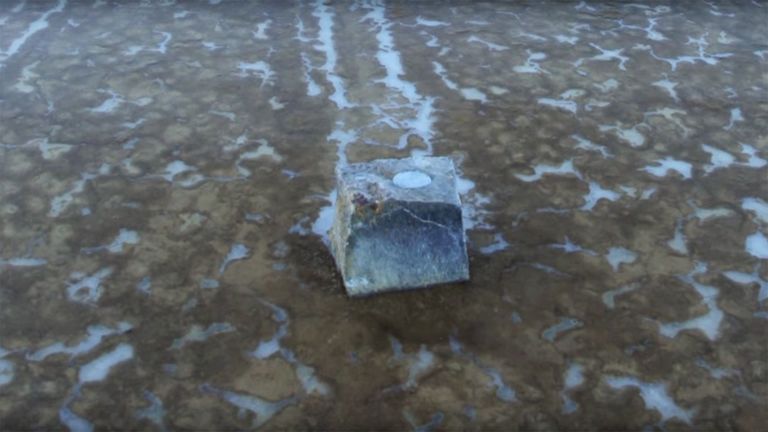
Source: hiveminer.com
They placed the rocks on the playa and also set up a weather station to measure the wind conditions and other variables at the location in hopes of uncovering the cause of the movement.
Winning The Waiting Game
All that was left for them to do was to wait. They had to be patient and wait for the right conditions. But, it wasn’t until two years later, in 2013, when they returned to the site to check on the experiment, that their patience was rewarded.
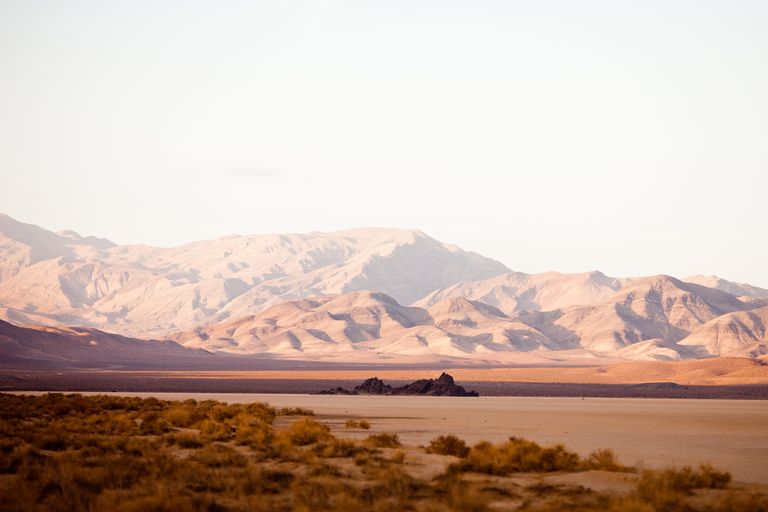
Source: flickr.com
They were there to witness the movement of the rocks they had introduced with the GPS sensors. It was a moment of triumph as they could finally see the movement of the stones for themselves and record it with their equipment.
They Had Figured It All Out
The Norris cousins, along with their research partner Ralph Lorenz, were able to observe the moving stones phenomenon for the first time ever recorded. With the help of their GPS and weather-sensing equipment, they were able to understand the mechanics of how the rocks moved and what was causing them to do so.
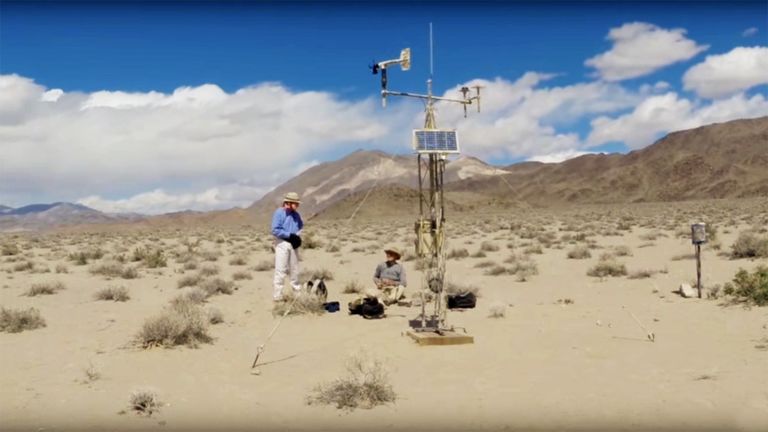
Source: brain-sharper.com
Their observations and findings solved a mystery that had puzzled scientists and visitors for nearly 70 years. Their work was a breakthrough in the understanding of the Racetrack Playa’s moving stones.
Caught On Camera
The Norris cousins and Ralph Lorenz were prepared enough to capture the movement of the rocks on film. The footage they captured shows a large rock seemingly gliding around the playa, albeit at a plodding pace.
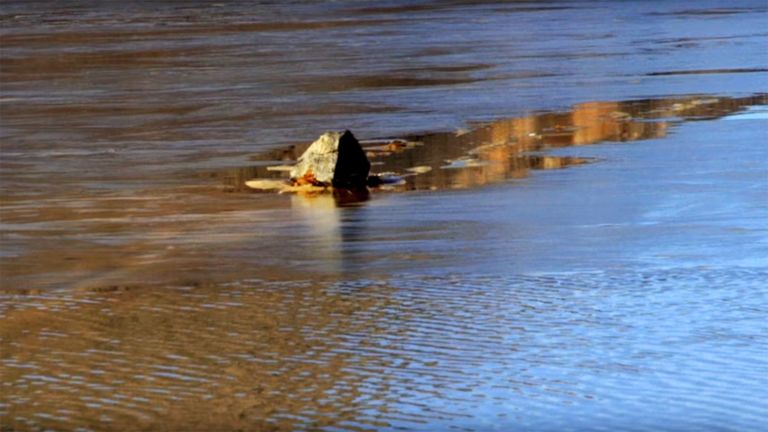
Source: gigazine.net
In fact, the movement is so slow that if the video had not been sped up with the magic of editing, it would be almost imperceptible to the naked eye. The footage provides a unique visual record of the movement of the stones. They had caught it all on camera!
Their Explanation Of The Shifting Stones
So what was the cause of the mysterious rock movement? The answer was ice. But not the large chunks of ice that one may typically think of—the movement was caused by sheets of extremely thin frozen water on the lakebed that were pushed around by the wind.
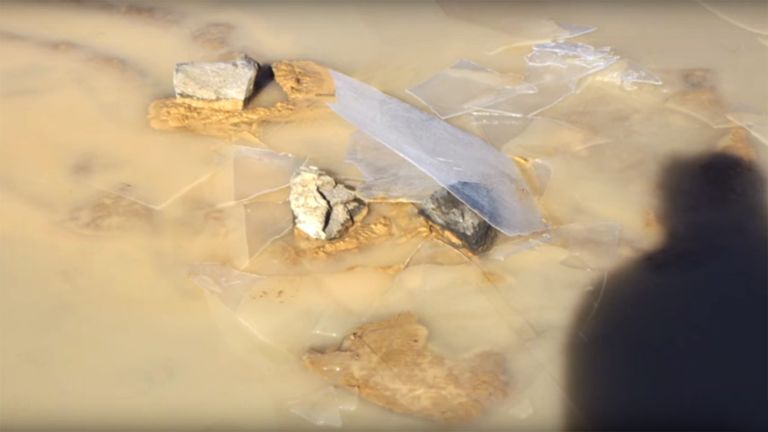
Source: historicmysteries.com
These sheets of ice have the power to move the rocks on the Racetrack Playa over considerable distances. The solution to the mystery was simple but was only possible through the Norris cousins and Ralph Lorenz’s research.
Just The Right Conditions
The Norrises cousin’s experiment measured the distance traveled by individual rocks and found that some of them had moved more than 200 feet. This distance traveled was made possible by the ice sheets on the lakebed, but what causes the formation of ice on a dry lakebed?
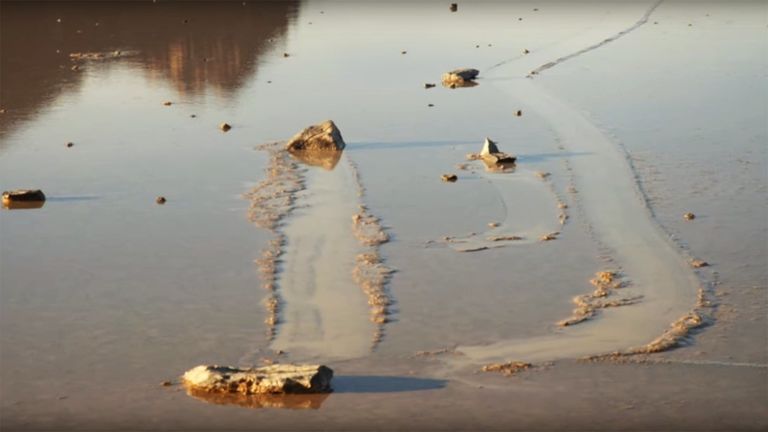
Source: reddit.com
According to the Norris cousins’ research, several conditions must be met for the phenomenon to occur. The Norrises’ research provided a detailed understanding of the specific factors necessary for the movement of the stones on the Racetrack Playa.
The Ice Forms In Very Specific Circumstances
For the extremely thin ice to form, the right amount of rain must fall and accumulate on the surface. The lakebed must then freeze, but the ice must be of a specific thickness. As the sun rises and warms the valley, the ice has to crack and break into large sheets instead of melting away.

Source: reddit.com
Lastly, there must be enough wind to move the ice sheets on top of the remaining rainwater. Once these conditions are met, only then will the rocks glide around. What an incredible explanation!
Case Closed?
The researchers published their findings in a scientific journal, PLOS ONE, solving the mystery of the moving stones in Death Valley (and maybe, for some, taking away a little magic and mystery from the world). But Racetrack Playa still holds secrets yet to be uncovered.
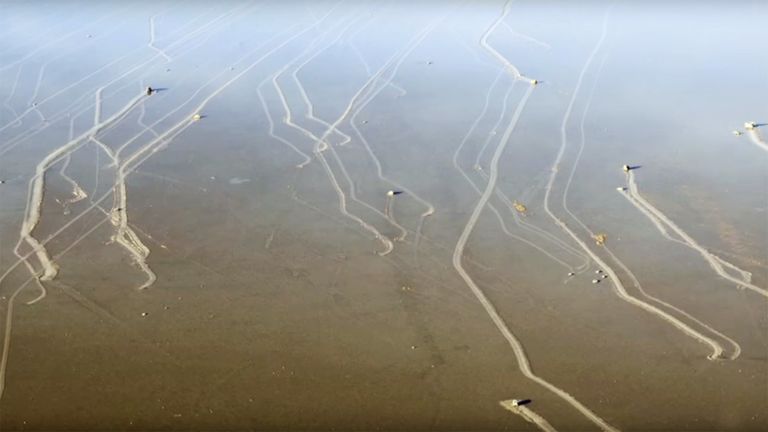
Source: taringa.net
While the cousins managed to coax out answers from Mother Nature this time, there are still question marks over the phenomenon of Death Valley’s shifting stones—namely that not all of the movements from the shifting stones could be accounted for.
An Even Bigger Sliding Mystery
The mystery behind how the larger boulders move remains unsolved. Jim and Richard didn’t see the bigger boulders move for themselves, indicating that sheets of thin ice may not be sufficient to explain their movement. It seems that nature has one more magic trick up her sleeve to confound us humans—at least for now.
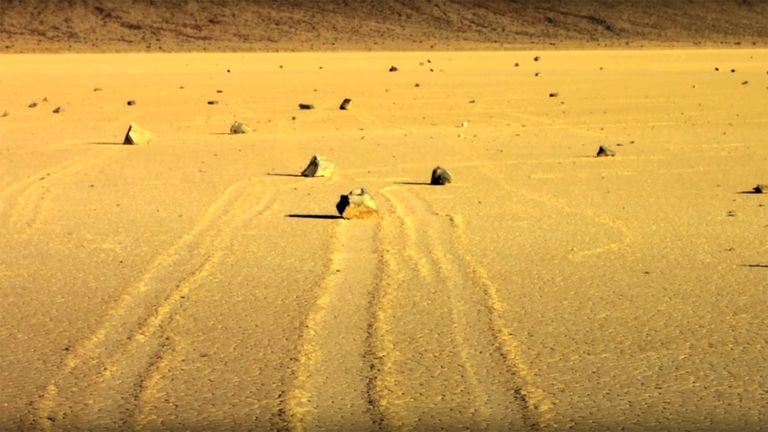
Source: slate.com
But the scientific community is confident that even this can be logically explained through the power of patience and methodical testing. For now, let’s just enjoy the mystery as it still stands before us.
